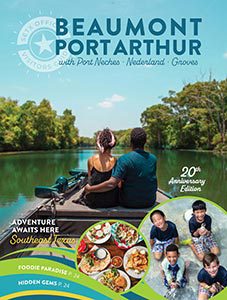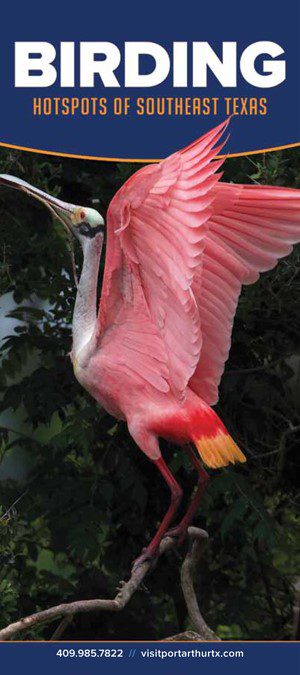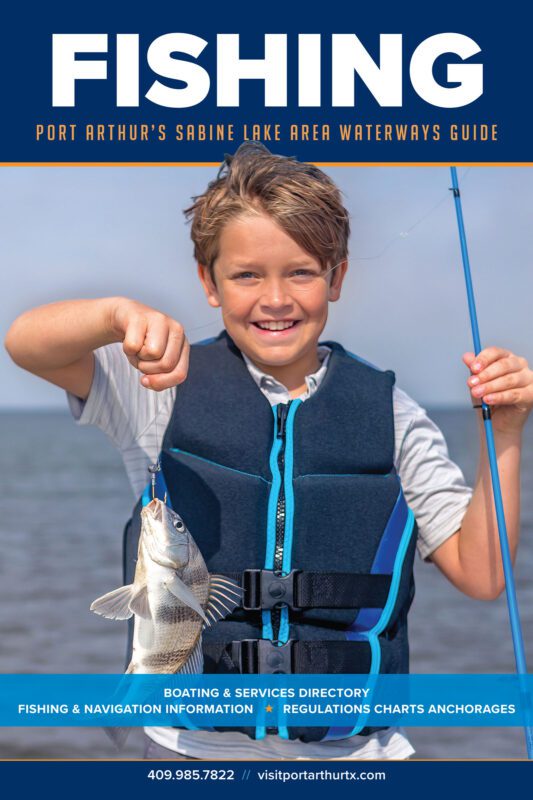Calling Wildlife Lovers, Birders & Photographers
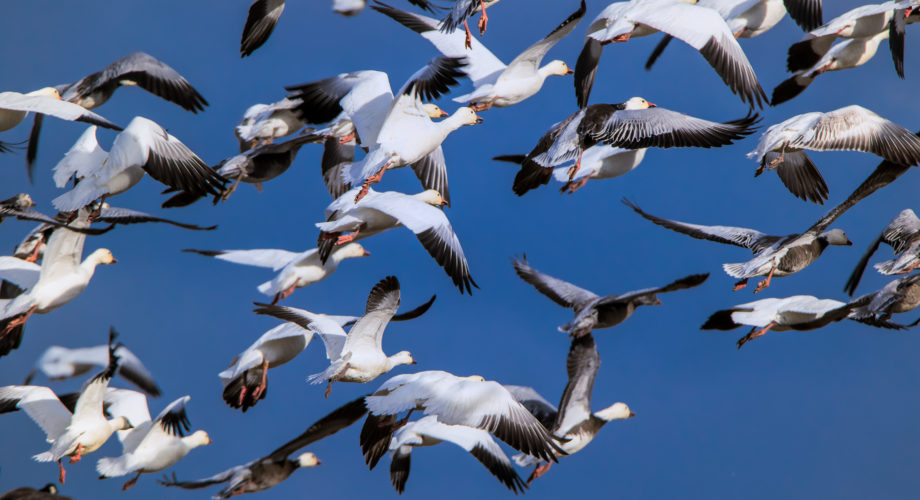
Watching the Feathers Fly
For your next “natural” road trip, come enjoy feathers fly in Port Arthur. Fall and spring migrations draw thousands of birds to us, as our coastal beauty is set in two migratory flyways: Central and Mississippi. Traveling birds stop along the various waterways and protected areas to rest either before or after crossing the Gulf of Mexico. Other birds hang here all year, Blake Bertrand writes in Southeast Texas Arts Council’s Off Ramp Magazine.
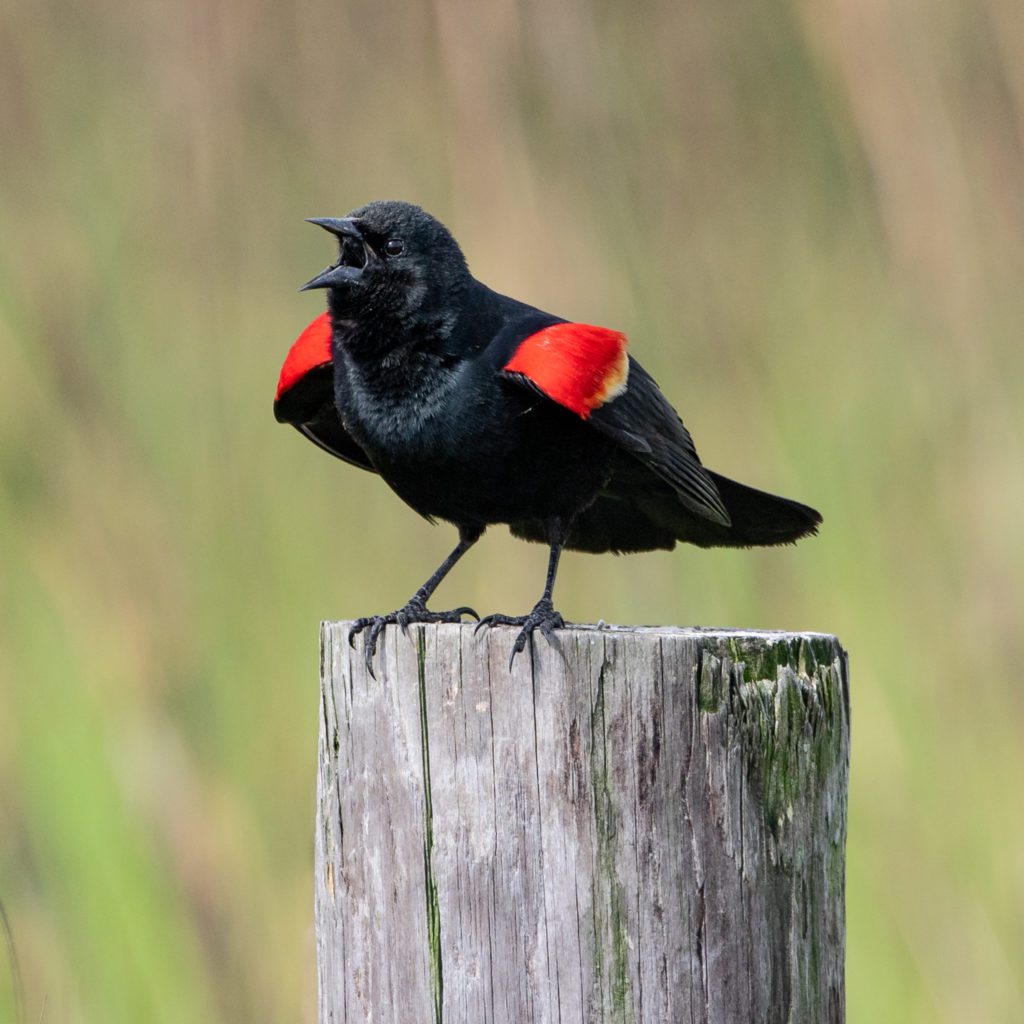
Prime Port Arthur Birding
We’ve highlighted references sighting Port Arthur a prime birding location in the area with our situation on the banks of Sabine Lake, bounded to the north by the Neches River, to the south by Taylor’s Bayou and with four different wildlife management areas just across the bayou, including McFaddin National Wildlife Refuge. If you’re in Port Arthur, you’re within zero to 30 miles from some of the most active bird watching spots in the state. Read the whole story here.
Thrill of the Hunt
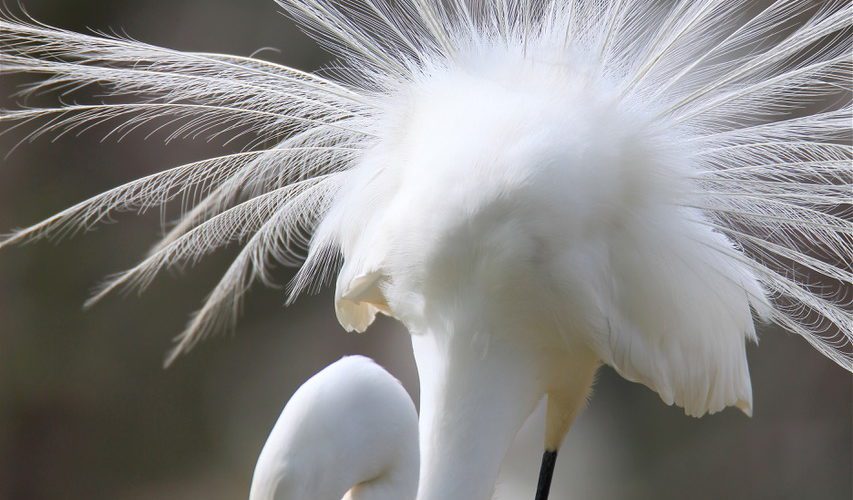
Whether you love bird watching for its own sake, for the thrill of the hunt, or because you are a wildlife artist, there are practically infinite opportunities for you here. Any one of these locations could keep a person busy for years.
Pleasure Island
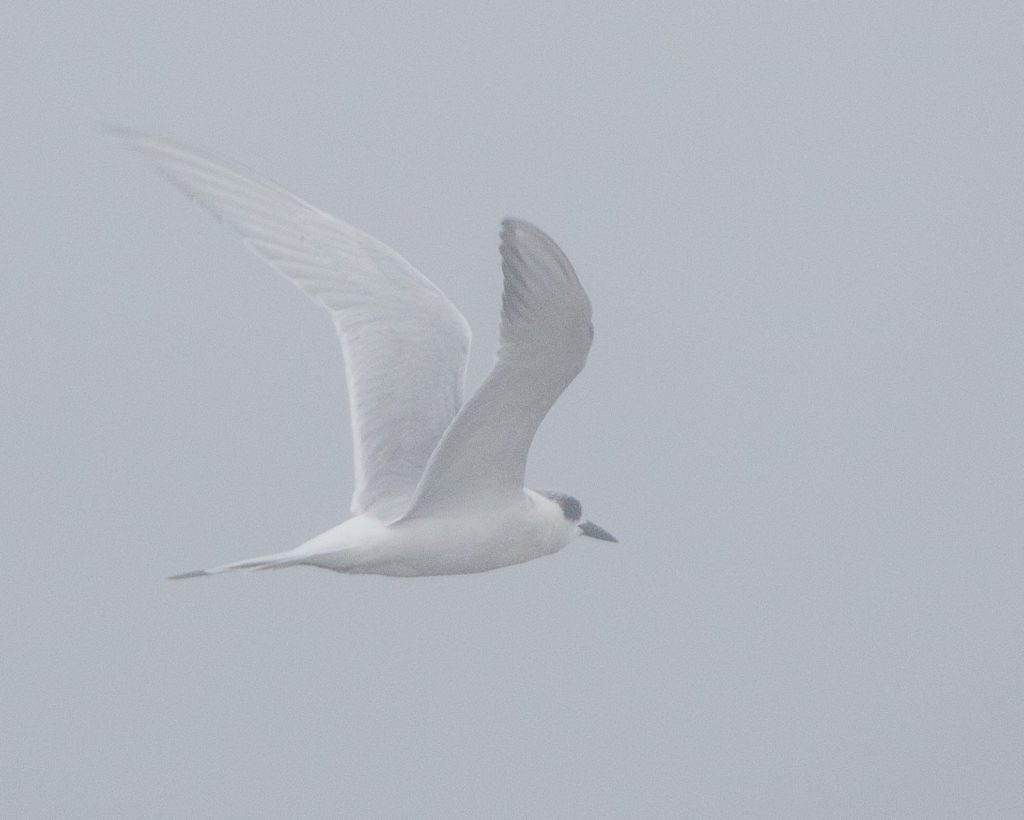
Created by the U.S. Corps of Engineers at the turn of the 20th century while constructing the Port Arthur Canal and the Sabine Neches Intracoastal Waterway, Pleasure Island is 18.5 miles of prime birding territory. Shorebirds, gulls, ducks and terns gather in the marshes and mud flats and can be seen from hiking trails around the island. How to get there: Follow Highway 82 across the bridge on the southeast side of Port Arthur.
Sabine Woods Sanctuary
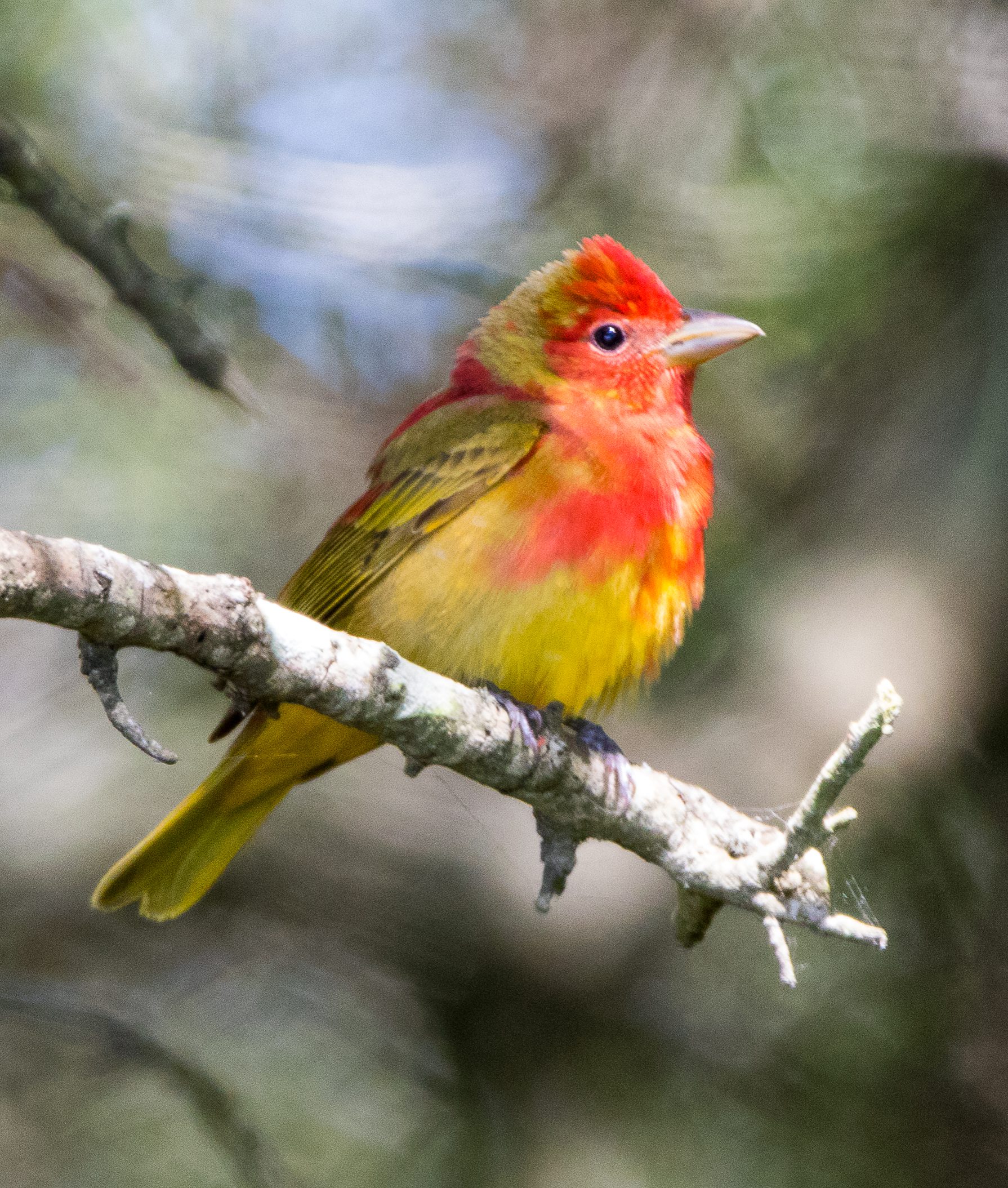
The Sabine Woods Sanctuary is an oak mott (that’s a fancy way of saying, “a buncha oak trees”) about 17 miles south of Port Arthur. Owned by the Texas Ornithological Society and maintained by the Golden Triangle Audubon Society, it covers 27 acres of oak woods, grassland, and swamp. Located on the coast of the Gulf of Mexico, this sanctuary, along with several other nearby locations on this list, serves as one of the most important stop-over sites along the entire Texas coast during spring and fall migrations. How to get there: Follow Highway 87 south out of Port Arthur to Sabine Pass. Continue on 87 west out of town. You’ll find the sanctuary north of the road about 4.5 miles out. Entry to the Sanctuary is free for members of the Texas Ornithological Society and $8 per person for non-members.
Sea Rim State Park
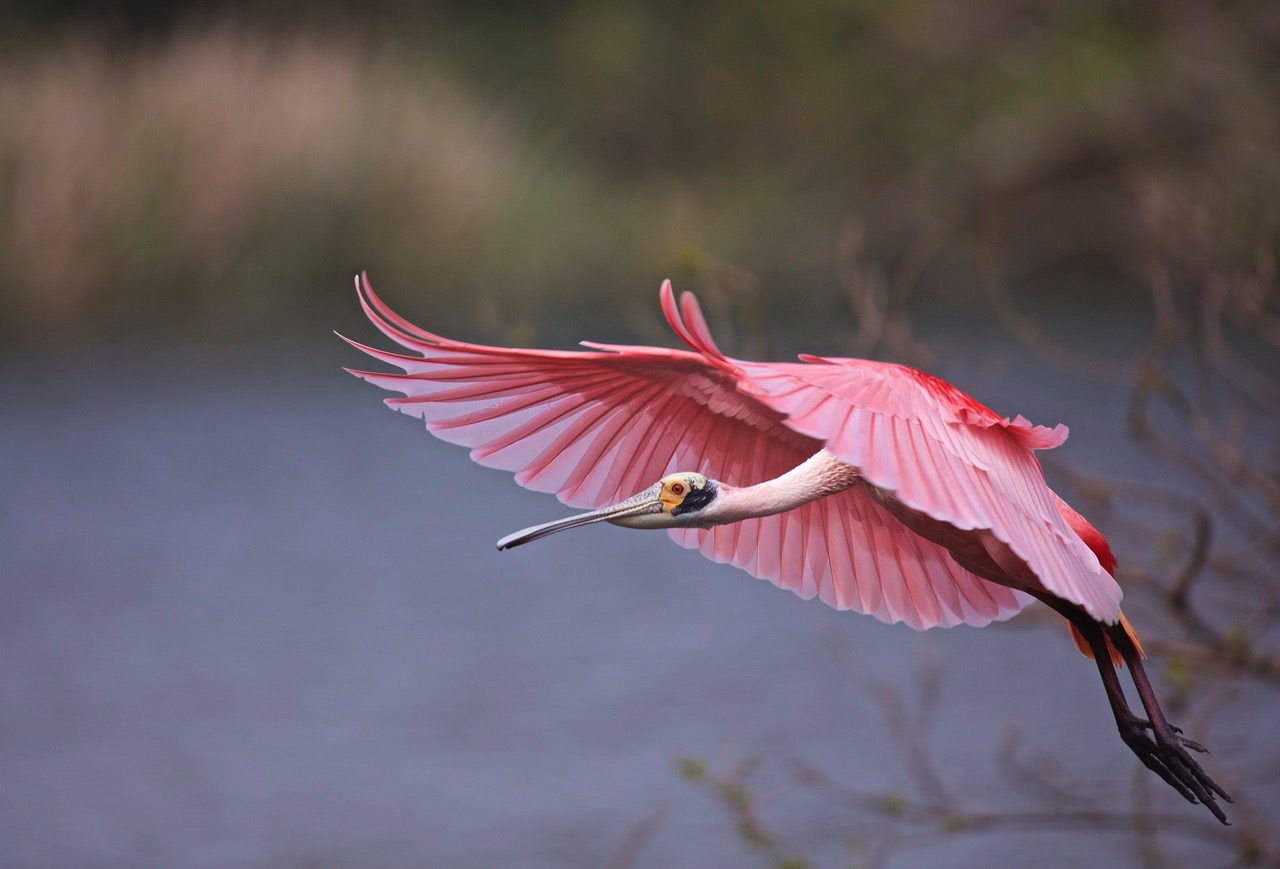
In the same general area as the Sabine Woods Sanctuary, Sea Rim State Park is an equally important stop for migratory birds. Composed of over 4,000 acres of marshland and shoreline, the park offers several unique opportunities. Visitors can canoe or kayak the park’s 1.79 mile easy trail or 9.59 mile advanced trail, earning the chance to see wildlife from the water rather than the shore. Boat rentals are available. The park’s walking trail, the Gambusia Nature Trail, opens onto the beach where shorebirds tend to congregate. How to get there: Take the same route you would use to get to the Sabine Woods Sanctuary, but keep heading west about 6 miles. Can’t miss it. Texas Point National Wildlife Refuge and the J. D. Murphree Wildlife Management Area are in the same general area.
Bird Watching Tips
- Particularly during migratory seasons, many of these birds have probably been flying for hundreds of miles and they’re tired. Give ’em some space. Even a modest telephoto lens will keep you far enough away to be respectful.
- Pay attention to signage in these areas. Some are for the benefit of the wildlife, and some are for yours. Nesting birds who are overly disturbed may leave their eggs defenseless, and nesting alligators overly disturbed may scare you senseless.
- Dress for the occasion. Some of these locations are well paved, with boardwalks and gravel paths, but others have only primitive trails. You may need to prepare for mud and mosquitoes. Also, while Texas tends to be hot pretty much year-round, it pays to have a few outer layers available. A brief rain can drop temperatures by a surprising degree.
Golden Triangle Audubon Society members keep up Sabine Woods and have regular programs. While you’re in the area, check out the collections of wildlife art inspired by the local prevalence of nature. The Art Museum of Southeast Texas and the Clifton Steamboat Museum in Beaumont, The Museum of the Gulf Coast in Port Arthur, and the Stark Museum of Art in Orange all have collections of nature, wildlife, and western art.

